ANNA UDDENBURG: Schinkel Core
|Samuel Haitz
In today's media landscape, a book review is often a slap on the back. A handshake among colleagues that says, “well done.” But we have never been afraid to offer critique when critique is due. In our print section Berlin Reviews, we've always tried to take the propositions of a book seriously and push them to their extremes.
Archive Berlin Review from our issue #44
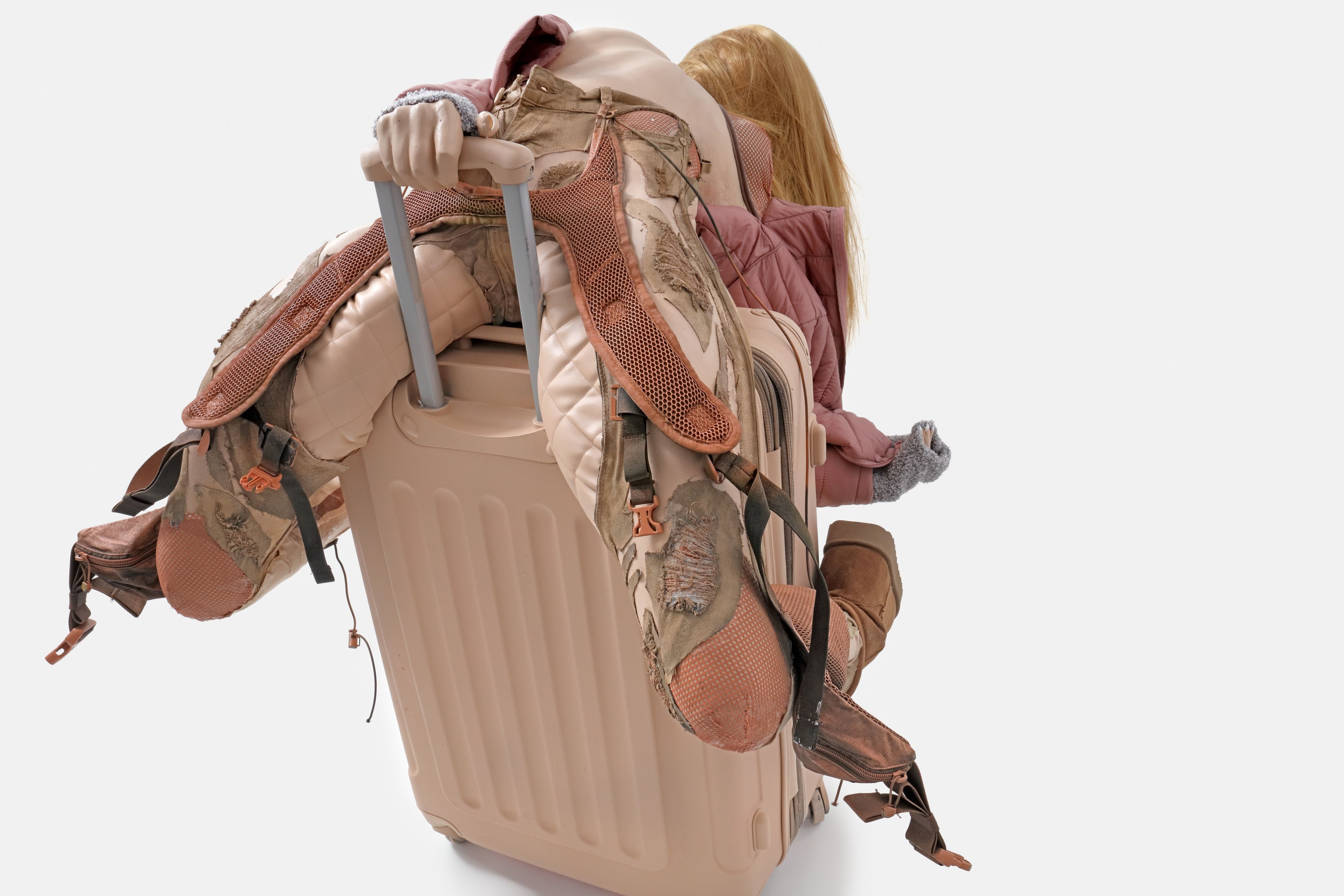
In 2019, I was invigilating at a contemporary art institution in Zurich. One of the museum’s group shows — presenting art linked to post-cyber feminism — included three works by Anna Uddenberg, and it was my duty to sit near Uddenberg’s sculpture titled Disconnect (airplane mode) (2018) for hours on end. The work features a hyper-sexualized, voluptuous mannequin slouching on a daybed and clad in tight-fitting athleisure made from a velvety fabric. A curtain of blonde hair covers the mannequin’s face, shrouding its identity in an aura of anonymity or perhaps generic representation. While sitting in front of this carefully crafted life-size doll, I couldn’t help but wonder if her butt that looked so real also felt like a real one. At one point I couldn’t resist the urge anymore and pushed a finger into one of the buttocks (obviously not something a museum guard should do). What I expected was a sensation comparable to the pliant softness of silicone, a tactile experience imitating the texture of human flesh. My imagination had made up images of the buttock yielding, perhaps even meeting my finger with resilience, a bit like memory foam. In reality, however, the figure was constructed from a hard material — a far cry from the siliconey softness I imagined.
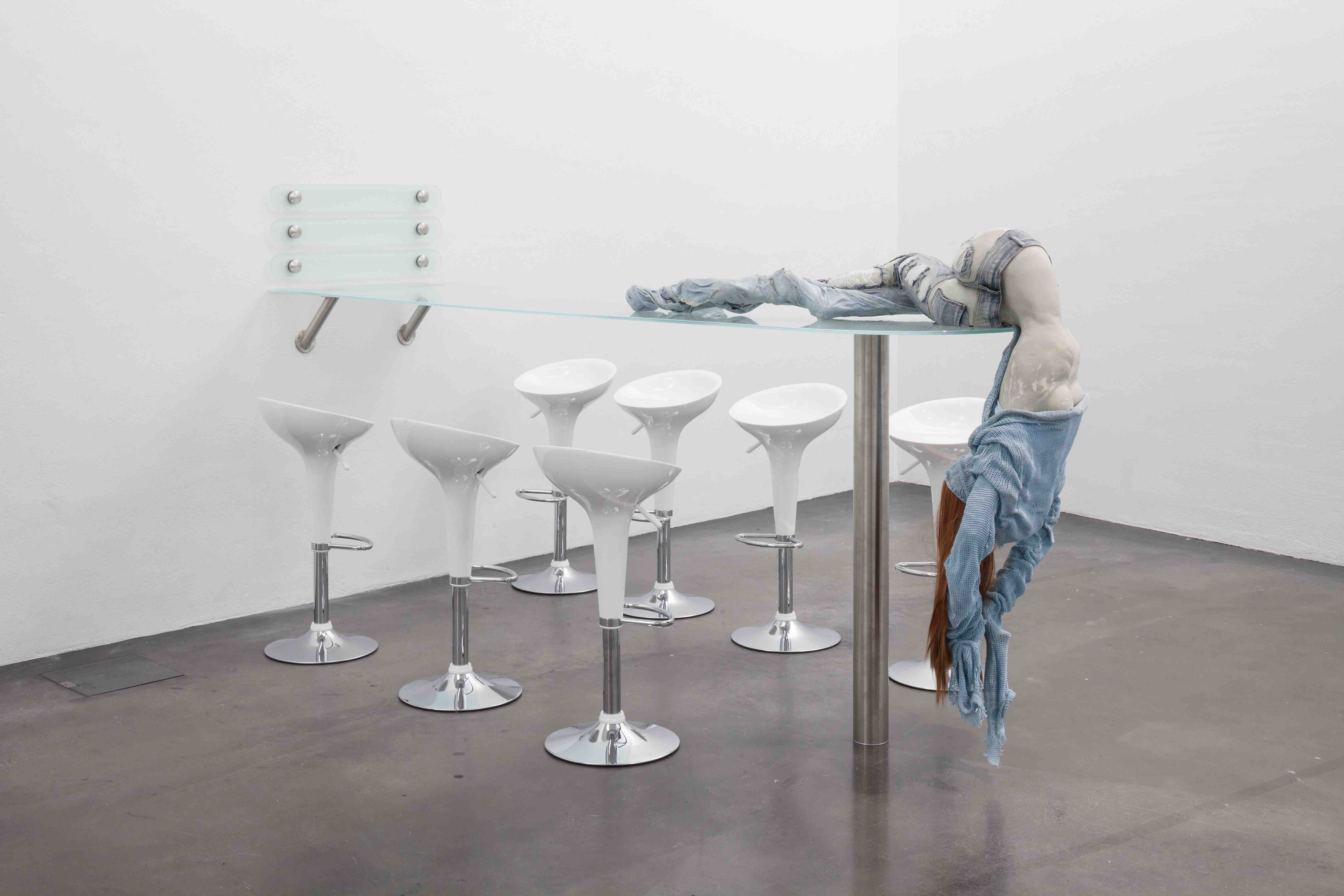
The stiff mannequin wore a single Croc covered in soft green velvet, its mate resting beside her. While Crocs seem to be en vogue right now, I’m sure they will go out of fashion at some point in the near future. Which, looking at Uddenberg’s work once more, makes me wonder if it will really stand the test of time. Her new (and first) monograph, Premium Economy 2010—2023 (2024), once again, and more than ever, brings to light a recurring issue I see in the artist’s practice: it doesn’t age well.
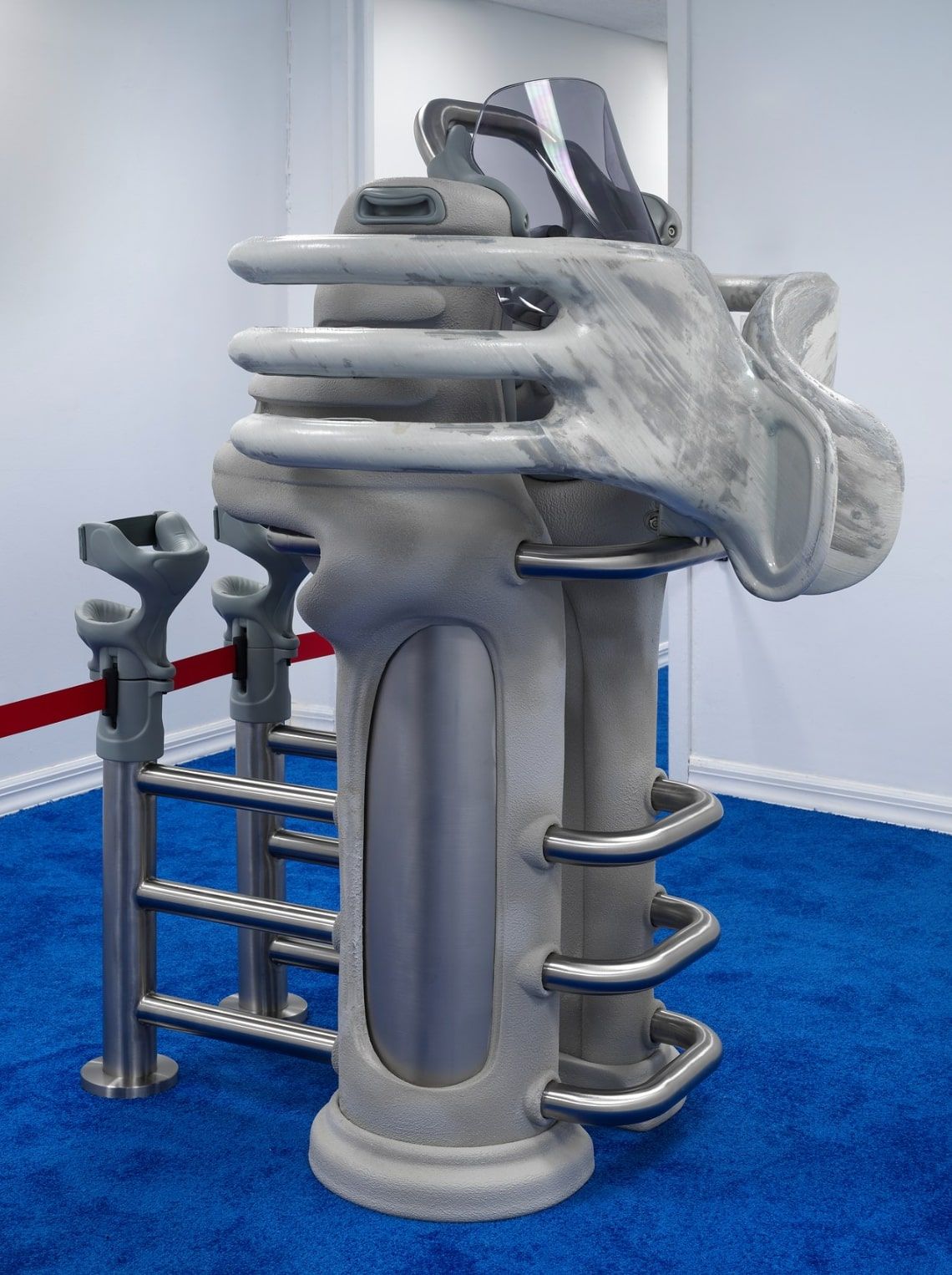
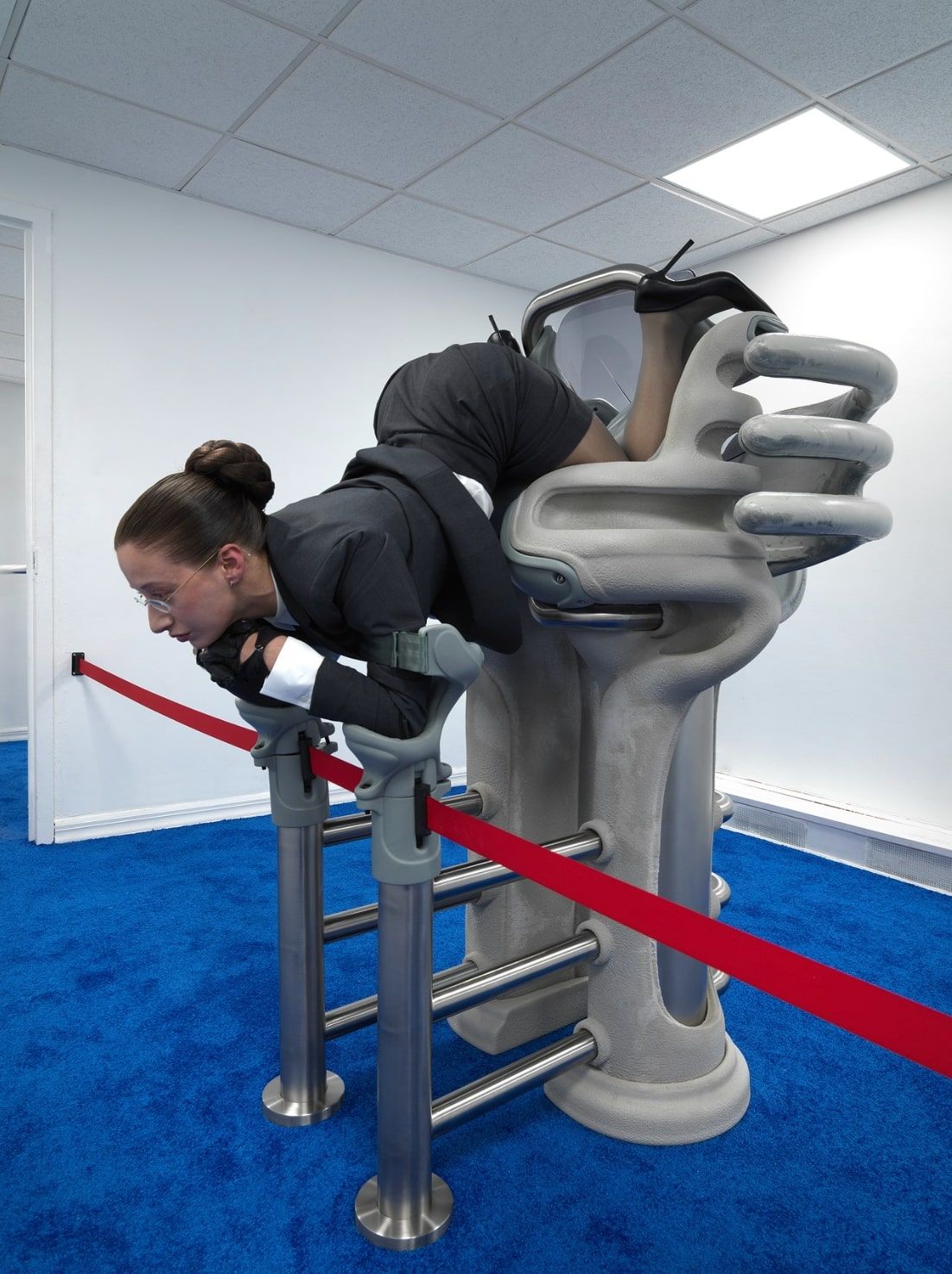
The issue doesn’t arise materially. These works are impeccably crafted (something particularly true of Uddenberg’s recent productions for Schinkel Pavillon in Berlin and Meredith Rosen Gallery in New York). Rather, Uddenberg’s body of work feels as if it were stamped in big red letters proclaiming the era of its creation. It’s as if the work is about the role of contemporary art in reflecting the transience of cultural trends and attitudes, while Uddenberg is actually — and, I assume, deliberately— swallowing a bitter pill: the inevitable side effect of engaging so closely with the aesthetics of contemporary fashion (and collaborating with such brands as Balenciaga) carries the inherent risk of falling out of trend if you don’t manage to keep pace with fashion’s transformation. This outcome is particularly challenging, as the art market tends to be less keen on significant aesthetic shifts within an artist’s practice than within the fashion scene.
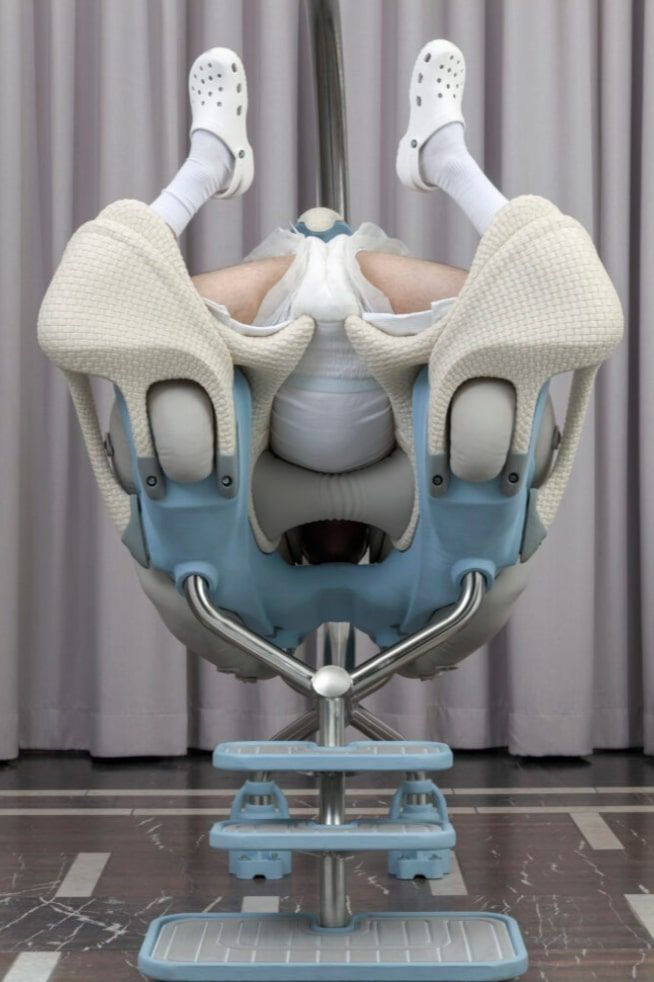
At least in Berlin, where both Uddenberg and I work and live, she still seems to be the hot shit, celebrated by a para-art-scene that, for example, gathered at her Schinkel Pavillon opening, dressed in head-to-toe black, New Models T-shirts, and racy sunglasses — a blend of aesthetics that I thought were all over a few years ago, and that my friends and I have jokingly dubbed “Schinkel-core.” Schinkel’s recent program further featured artists H. R. Giger, Florentina Holzinger, DIS, Jon Rafman, and Shayne Oliver, all contributing to a similar fashion-friendly, dark-and-twisted tone, which seems to target this exact group of textbook Berlin cool kids.
Although there permanently remains the risk of going out of style, for Uddenberg and her peers working with the ultra-contemporary, one of fashion’s big truths comes in handy: trends always resurface. I think Berlin is ready for a Maria Eichhorn revival.
ANNA UDDENBERG: Premium Economy is published by DISTANZ (2024).
Credits
- text: Samuel Haitz
Related Content

Artists as Messiahs: PETER FEND

Open House: A Look Into STUDIO OLAFUR ELIASSON

TORBJØRN RØDLAND: How Powerful is a Face?
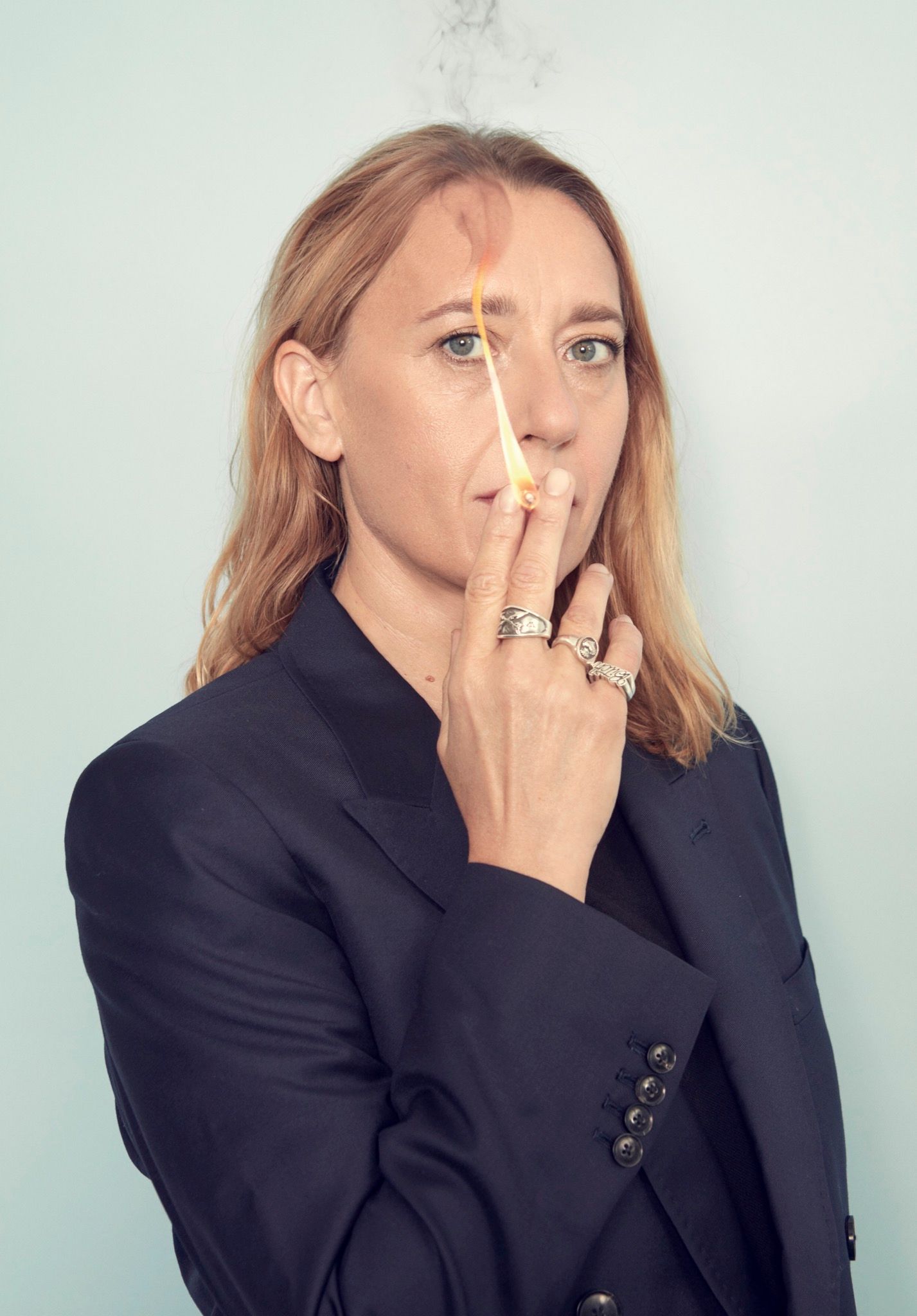
VIRGINIE DESPENTES: Hates People, Loves Dogs.

VITALI GELWICH’s Boring Book
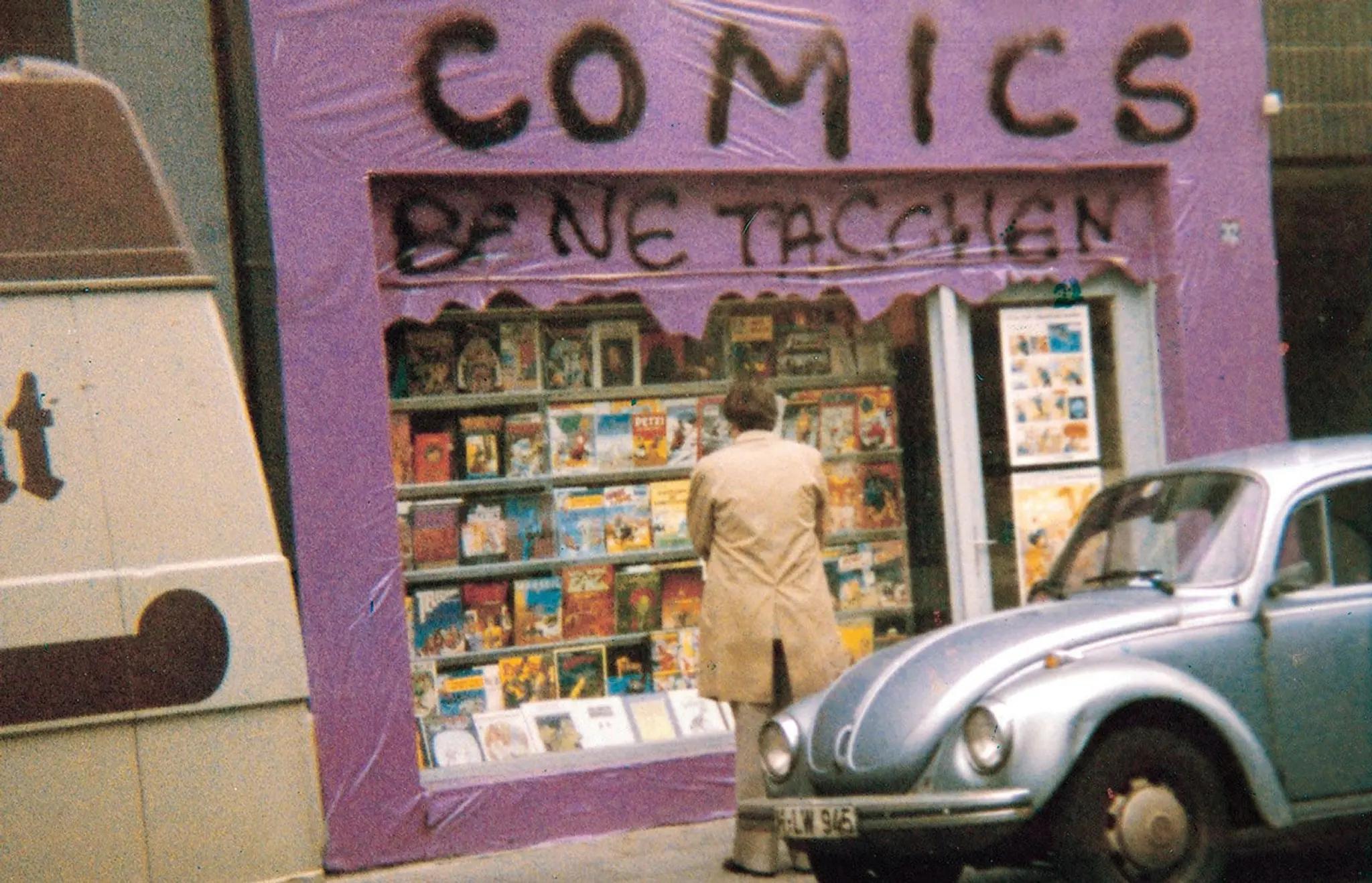
Collecting – and Celebrating – With Publisher BENEDIKT TASCHEN

Hysteric Americans: Berlin Review
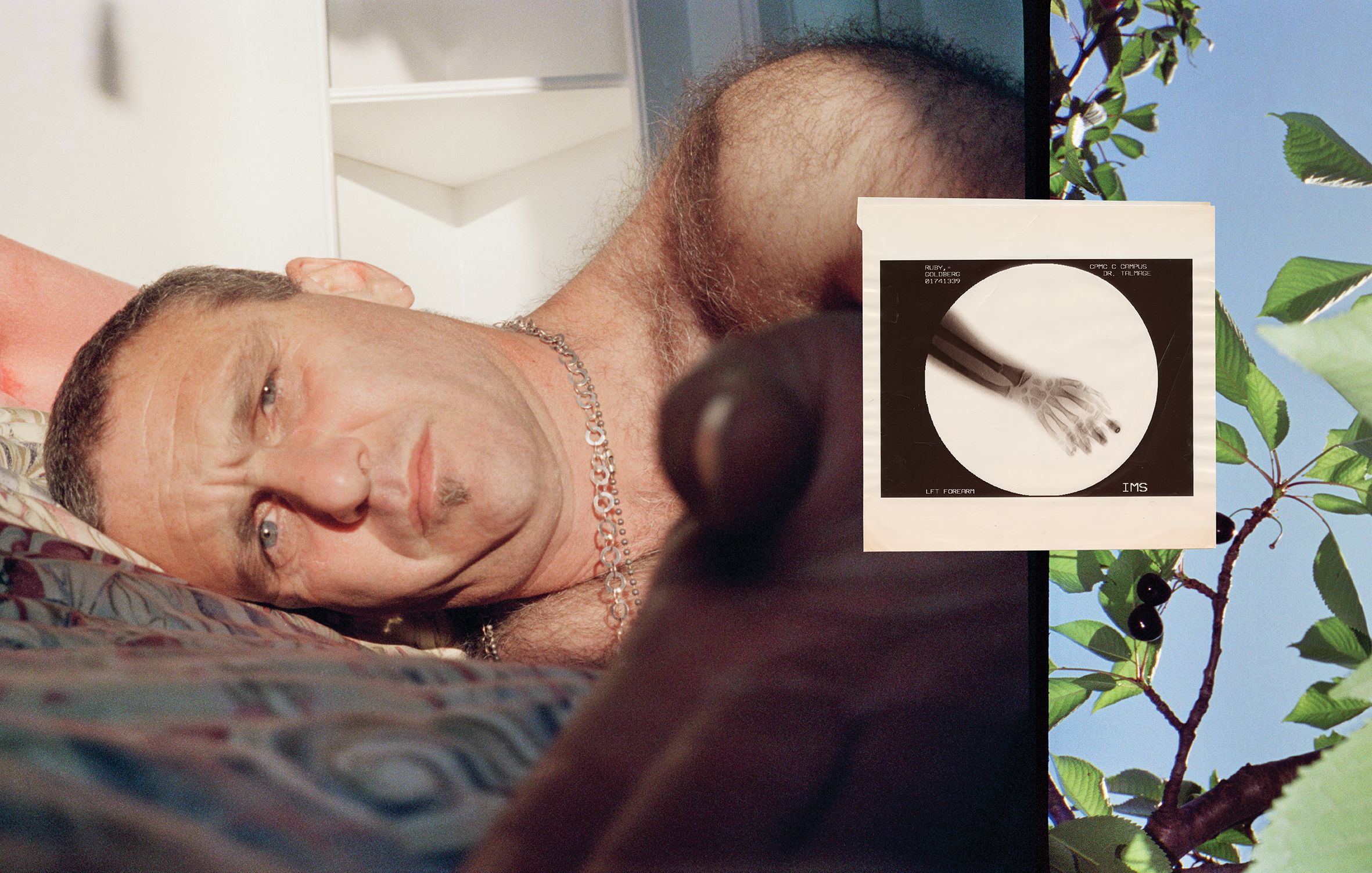
JIM GOLDBERG: An American Outsider